Universal Ads, Comcast’s self-serve TV ad platform, just lit up a built-in AI-powered video generator that can spin a 15-second, TV-ready commercial in minutes—no prior footage required.
The beta rolls out to select advertisers this month, with script templates (motivational, casual, engaging), multi-audience variants, and auto-pull of logos, product shots, and copy straight from a brand’s website.
There’s useful fine print for media buyers: the creative tool sits inside the buying workflow, so the same UI that generates the spot can push it across 16 major publishers—A+E, AMC Networks, Fox, NBCUniversal, Paramount, Roku, WBD, and more—then measure results in one place. That’s the “one-stop-shop” Comcast has been promising since launch.
If you’re wondering where Universal Ads came from, it debuted in January as a cross-publisher gateway built on FreeWheel, pitched to feel as easy as buying social ads but with premium TV inventory.
That origin story matters, because today’s creative tool completes the circle: create, buy, and measure—inside one platform.
The new generator was built with Creatify, an AI ad startup that recently pulled in funding including a slice from Comcast Ventures—a tell that Comcast wants a stake in the underlying tech, not just the surface feature.
So where does this sit in the wider AI-video moment? Costs to synthesize ads are crashing. Google’s Veo 3 added vertical video (9:16), widened 1080p support, and cut prices roughly in half to $0.40/s (Veo 3) and $0.15/s (Veo 3 Fast)—fuel for SMBs who want to test TV without a studio.
Marketers are voting with their roadmaps, too. The IAB reports nearly 90% of advertisers will use generative AI to build video ads, with half already doing so. That’s the demand signal platforms like Universal Ads are racing to capture.
And this isn’t Comcast’s first AI-creative rodeo this year: back in May, the company introduced an AI platform (with Waymark) aimed at small and local businesses—evidence that creative supply is now as strategic as media access.
Curious how Universal Ads has been courting the next wave of TV buyers—think DTC brands stepping up from social?
Industry coverage earlier this year spelled it out: unify access to premium publishers, strip out fees where possible, and make the UX feel familiar to performance marketers.
Now, let’s talk shop for a minute. What does this change in the day-to-day? Picture a regional retailer with nothing but a product catalog and a website.
Instead of hunting a production house, they drop a URL into the generator, choose a tone, tweak the CTA, spin two audience versions (new moms / bargain hunters), and go live across TV apps where they used to price out.
Is every AI spot going to sing? Of course not. But when the time-to-first-test falls from weeks to minutes, the marketing habit changes. That’s the real story.
You might ask, “Won’t this flood the zone with mediocre ads?” Fair worry—and yeah, some will be clunky.
My take: the platforms that win will be the ones that pair generative speed with guardrails—brand controls, disclosures, and measurement tight enough to reward good creative and starve junk.
Universal Ads’ partner programs (creative + measurement) are a step toward those guardrails; we’ll see how fast they mature.
One more wrinkle I’ll be watching: as generative costs drop and Shorts/TikTok workflows merge with TV buying, the creative format will blur. Vertical cuts, UGC-style spokespersons, model-generated voiceovers—those will creep onto the big screen.
Whether that lands as refreshing or tacky depends on taste… and on whether brands use the speed to iterate toward better, not just more.
Bottom line: this launch isn’t just a shiny button—it’s a bet that TV’s biggest growth will come from thousands of smaller advertisers who finally find the on-ramp.
If Universal Ads’ generator makes decent creative the default and great creative reachable with a few more passes, the market moves.
If it doesn’t, buyers will bounce to the next tool with fewer steps and clearer ROI. Either way, the race to industrialize ad making—not just ad buying—is officially on.

